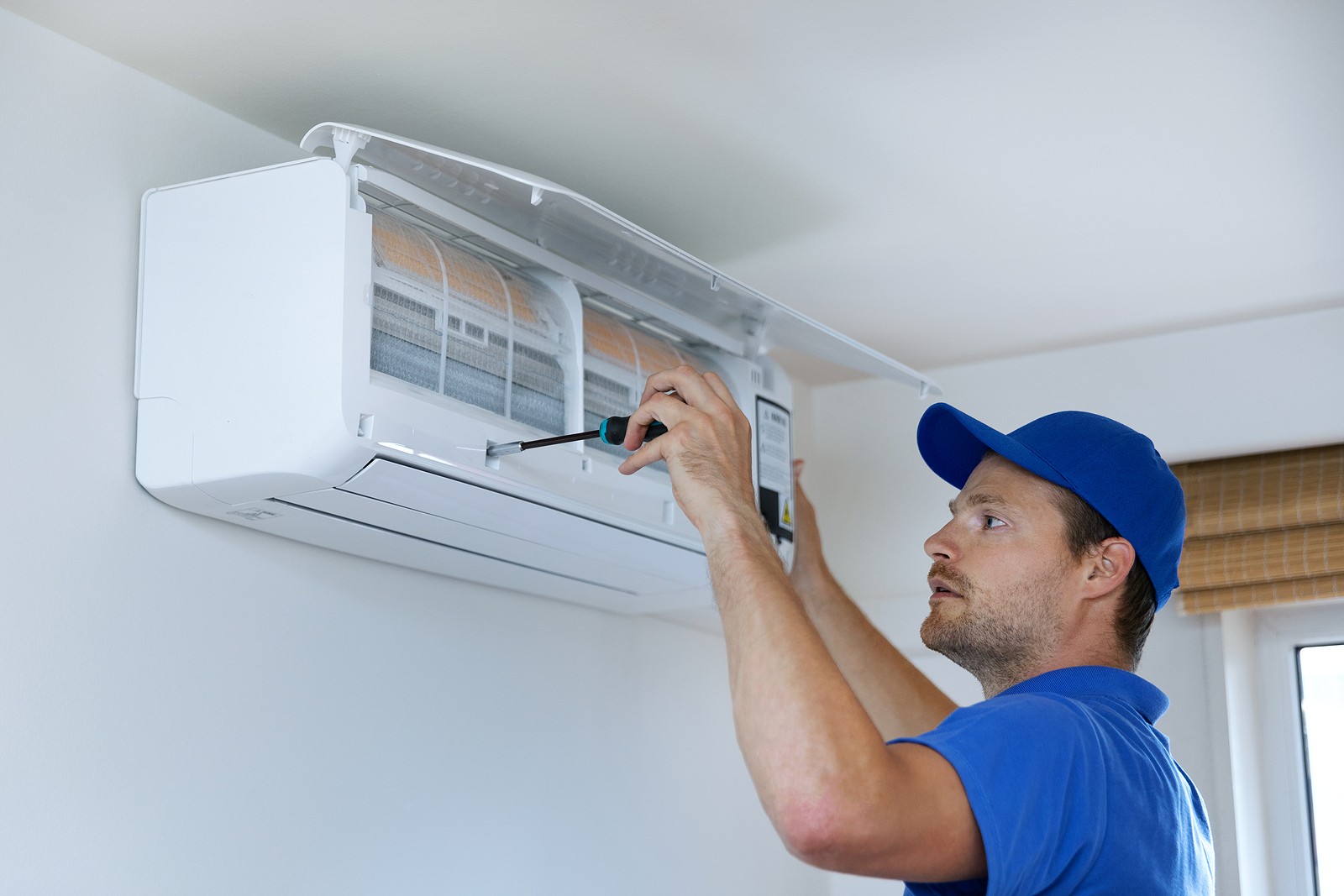When you’re shopping for an air conditioner or HVAC system, you’ll likely come across its SEER rating. The SEER, or Seasonal Energy Efficiency Ratio, compares an AC unit’s cooling output to the amount of energy it uses (in Watt-Hours) throughout the cooling season. However, an HVAC unit’s ratio indicates its maximum efficiency. Efficiency and energy savings can vary depending on the weather and operating conditions, similar to how miles per gallon can vary depending on how you drive your car.
This article will help you understand SEER ratings, and how higher ratings equate to a heating and cooling system that costs less to operate.
How Do SEER Ratings Work?
Determined by the Air Conditioning, Heating, and Refrigeration Institute, SEER ratings are calculated by testing each model of air conditioner. A standard cooling efficiency test considers performance/efficiency in temperatures from 60°F to 100°F+. The unit’s maximum efficiency rating is established by comparing it against controlled operating conditions, which factor an outdoor temperature of 82°F, indoor temperature of 80°F, and indoor relative humidity of 40%
How a SEER rating works is quite simple. The higher the SEER is, the more efficient the HVAC system, and the less electricity it uses to provide an equivalent amount of cooling compared to other models.
What is a Good SEER Rating?
Basically, anything rated by Energy Star will have a good SEER rating. For air conditioners, the minimum SEER rating is 13 (in the North). For the Southeast and Southwest, it is 14. The minimum standards are enforced by the U.S. Department of Energy. While SEER ratings can exceed 40+, new air conditioners generally range up to 21 or 25. By comparison, an older A/C may not exceed 8 or 9 SEER.
In reality, efficiency varies depending on home size. The condition of your ductwork and other factors, such as air leakage, and orientation of a structure compared to the sun, can impact overall efficiency. Hotter locations generally require higher SEER systems, but a “good” rating is relative. Your region, preferences, and budget must be considered. In general, the greater an HVAC unit’s energy efficiency, the more expensive it is, but the more you might save on your energy bill.
What are the Benefits of a High SEER Rating?
To sum it up, the benefits of a high-SEER air conditioner include:
- Greater Efficiency: In the right conditions, an HVAC system can reach maximum energy efficiency. While an efficient system performs more reliably, home size, insulation, usage, and other factors also determine potential savings.
- Lower Costs: In addition to savings due to reduced energy use, you may qualify for rebates and tax credits by installing an energy efficient air conditioner. Combined with energy savings, these perks can enable you to recoup the upfront costs in a few years.
- Greater Home Comfort: HVAC systems with a higher SEER provide better comfort, especially in hot regions. They typically feature highly efficient and reliable components such as 2-stage or variable-speed compressors and variable-speed blowers, which allow air conditioners to adapt to a wide range of conditions.
Contact The AC Hero
The AC Hero, located in North Richland Hills, Texas, is open during the coronavirus pandemic to provide HVAC repair, replacement, and installation services in the Dallas–Fort Worth area. When you need an HVAC contractor, we can send a technician to provide no contact service. We are adhering to social distancing guidelines to protect you and our professional contractors, and can help with choosing the right sized, best SEER-rated AC for your home. To schedule a visit, call us today at 817-587-0250.




